How to select agricultural plastic sprinklers that ensure uniform water distribution for crops?
Uniform water distribution is the lifeline of crop growth—too little water stunts development, while too much leads to root rot or nutrient leaching. Agricultural plastic sprinklers, with their cost-effectiveness and adaptability to different farmlands, are a go-to choice for many growers. But not all sprinklers deliver consistent water coverage. To pick the right one, you need to focus on factors that directly impact water distribution. Let’s break down the key considerations step by step.
Content
- 1 What types of agricultural plastic sprinklers are best for uniform water coverage?
- 2 What key design parameters affect water distribution uniformity?
- 3 How to choose materials that maintain uniform water distribution long-term?
- 4 What environmental factors should be considered to optimize water distribution?
- 5 How to test and adjust sprinklers for optimal uniform coverage?
What types of agricultural plastic sprinklers are best for uniform water coverage?
The type of sprinkler determines its water spray pattern and coverage range, which are foundational for uniform distribution.
Fixed spray sprinklers are ideal for small, rectangular plots (like vegetable gardens or seedbeds). They emit water in a steady, fan-shaped pattern with a fixed radius (usually 1–3 meters). Their consistent spray angle (often 90°, 180°, or 360°) ensures every corner of the plot gets equal water—no overlapping dry spots if spaced correctly. For example, 360° fixed sprinklers work well for circular planting areas, while 90° ones fit along plot edges to avoid wasting water on paths.
Rotary sprinklers are better suited for large, open farmlands (such as corn or wheat fields). They have rotating arms that distribute water in a circular pattern, covering ranges from 5–15 meters. High-quality rotary plastic sprinklers have adjustable rotation speeds—slower speeds mean more water per area, while faster speeds widen coverage. Look for models with “variable spray intensity” settings, which prevent water from pooling in low-lying areas or skipping high ground.
Oscillating sprinklers are a middle ground, perfect for long, narrow plots (like rows of tomatoes or peppers). They move back and forth, spraying water in a rectangular pattern. The key to uniform coverage here is the “spray hole spacing”—sprinklers with evenly spaced, small holes (1–2mm in diameter) release water in a fine mist that spreads consistently, whereas large, uneven holes cause water to clump in some areas.
What key design parameters affect water distribution uniformity?
Beyond type, specific design features of the sprinkler dictate how evenly water reaches crops.
Spray angle and radius are non-negotiable. A sprinkler’s spray angle (measured in degrees) should match the shape of your plot—for a square plot, 90° or 180° sprinklers placed at corners will cover the area without gaps. The radius (how far water travels) should be calibrated so that sprinklers overlap by 30–50%. For example, if a sprinkler has a 5-meter radius, place them 7.5 meters apart—this overlap ensures no spot is missed, even if wind slightly shifts the spray.
Water flow rate (measured in liters per hour) must align with your crop’s needs. Leafy greens (like lettuce) need a lower flow rate (20–30 L/h) to avoid damaging delicate leaves, while deep-rooted crops (like carrots) can handle higher rates (40–60 L/h). Sprinklers with adjustable flow valves let you tweak this—too high a rate leads to runoff, too low causes dryness.
Nozzle design also plays a role. Flat fan nozzles produce a wide, even spray that’s great for surface crops, while cone nozzles release water in a concentrated stream for deep-rooted plants. Look for nozzles with “anti-clog” features (like removable screens) —clogged nozzles spray unevenly, leaving some areas parched.
How to choose materials that maintain uniform water distribution long-term?
Agricultural plastic sprinklers face harsh conditions (sun, chemicals, debris), so material choice affects both durability and consistent performance.
UV-resistant plastic is a must. Sprinklers exposed to direct sunlight for hours can become brittle and crack, which distorts the spray pattern. Look for sprinklers made of “UV-stabilized polyethylene” or “polypropylene”—these materials retain their shape and flexibility for 3–5 years, ensuring the spray angle and radius don’t change over time. Avoid non-UV-resistant plastic, which may warp after 6–12 months, leading to uneven water flow.
Chemical resistance is crucial if you use fertilizers or pesticides with irrigation. Some crops require “fertigation” (mixing fertilizer with water), so the sprinkler plastic should resist corrosion from nitrogen or phosphorus-based chemicals. Polyvinyl chloride (PVC) is a good option here—it doesn’t react with most agricultural chemicals, whereas cheaper plastics may degrade, causing the nozzle to leak or spray erratically.
Reinforced joints prevent leaks. The connection between the sprinkler head and the hose (or pipe) is a common leak point—leaks reduce water pressure, which ruins uniform coverage. Look for sprinklers with “rubber O-rings” or “threaded, reinforced necks”—these create a tight seal that doesn’t loosen over time, even when moved or exposed to temperature changes.
What environmental factors should be considered to optimize water distribution?
Farm conditions like wind, slope, and soil type impact how evenly sprinklers work—you need to pick a sprinkler that adapts to these.
Wind resistance is key for open fields. Light winds (1–3 m/s) can blow water off course, creating dry spots. Look for sprinklers with “low drift” nozzles, which release water in larger droplets (instead of a fine mist) that are less affected by wind. For windy areas (4+ m/s), rotary sprinklers with enclosed heads are better—they shield the spray from wind, keeping water targeted.
Sloped land requires sprinklers that handle runoff. On hillsides, water tends to flow downward, pooling at the bottom. Choose sprinklers with “low precipitation rate” (less than 10 mm/h)—this slow, steady spray gives water time to soak into the soil instead of running off. Oscillating sprinklers with adjustable spray direction also work—angle them to spray across the slope (not up or down) to spread water evenly.
Soil type dictates water absorption. Sandy soil drains quickly, so you need sprinklers with a higher flow rate to ensure water penetrates deeply. Clay soil holds water longer, so lower flow rates prevent pooling. Some advanced sprinklers have “soil moisture sensor compatibility”—while the sensor isn’t part of the sprinkler, choosing a sprinkler that works with these tools lets you adjust water distribution based on real-time soil conditions.
How to test and adjust sprinklers for optimal uniform coverage?
Even the best sprinkler needs testing to ensure it works for your specific farm setup.
Start with a “catch can test.” Place small, identical containers (like cups) in a grid pattern across your plot—one every 1–2 meters. Run the sprinkler for 15–20 minutes, then measure the water level in each cup. If the levels vary by more than 20%, the distribution is uneven. Adjust the sprinkler’s position, angle, or flow rate—for example, if cups on the edge have less water, move the sprinkler closer or increase the spray radius.
Check for leaks regularly. A small leak at the joint or nozzle can reduce water pressure in some areas. Inspect the sprinkler before each use—if you see drips, replace the O-ring or clean the nozzle. For rotary sprinklers, make sure the rotating arm moves smoothly—debris stuck in the mechanism can cause it to slow down, leading to uneven coverage.
Seasonal adjustments are necessary. As crops grow, their height and water needs change. In early growth stages, lower the sprinkler to target the soil; as plants mature, raise it to reach the leaves. In hot weather, increase the flow rate slightly to compensate for evaporation—just ensure it doesn’t cause runoff.
Selecting agricultural plastic sprinklers for uniform water distribution isn’t about picking the “best” model—it’s about matching the sprinkler to your plot size, crop type, and environmental conditions. By focusing on type, design parameters, materials, environmental adaptability, and testing, you can ensure every crop gets the right amount of water, boosting yields and keeping plants healthy. For growers looking to maximize efficiency and minimize waste, this careful selection process is an investment in long-term farm success.


 Search for...
Search for... English
English Español
Español 中文简体
中文简体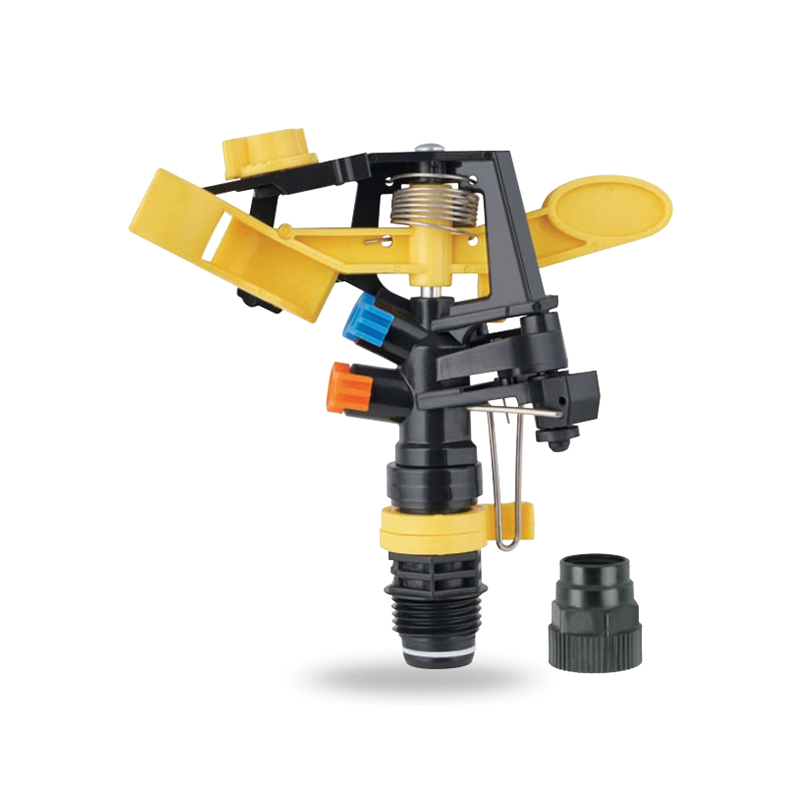
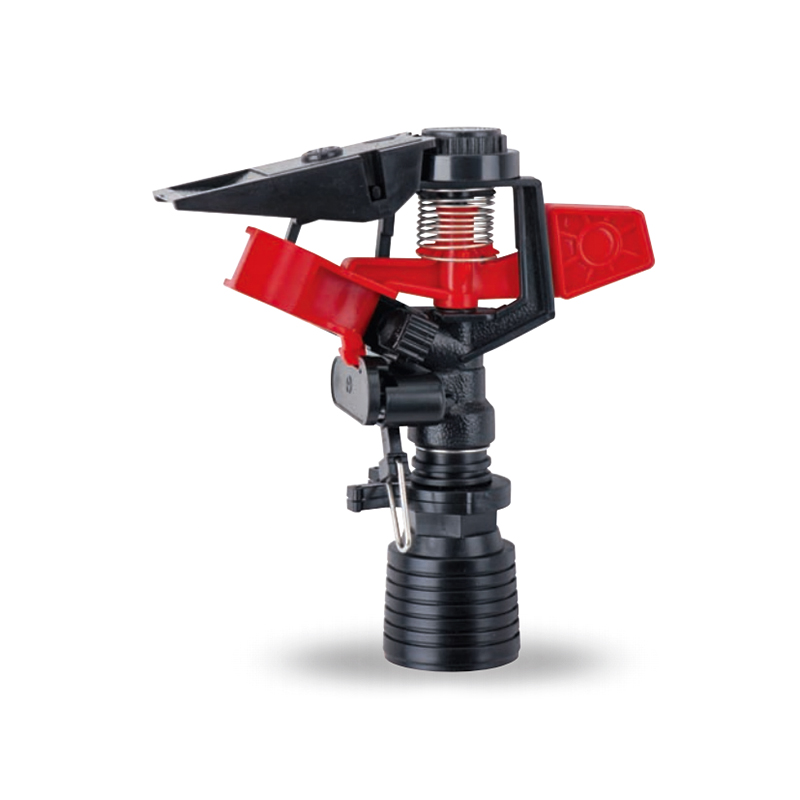

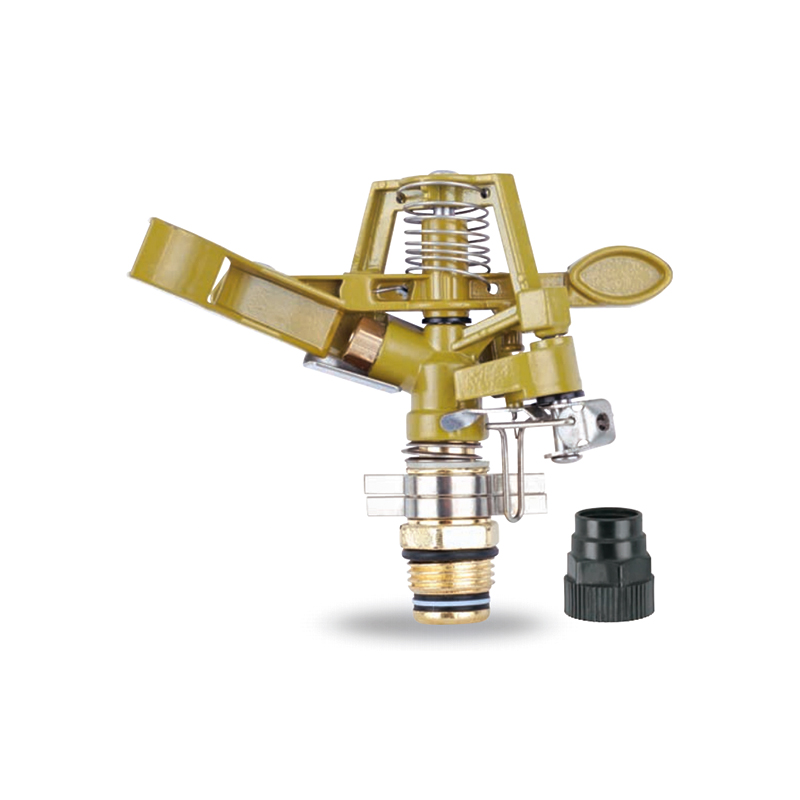
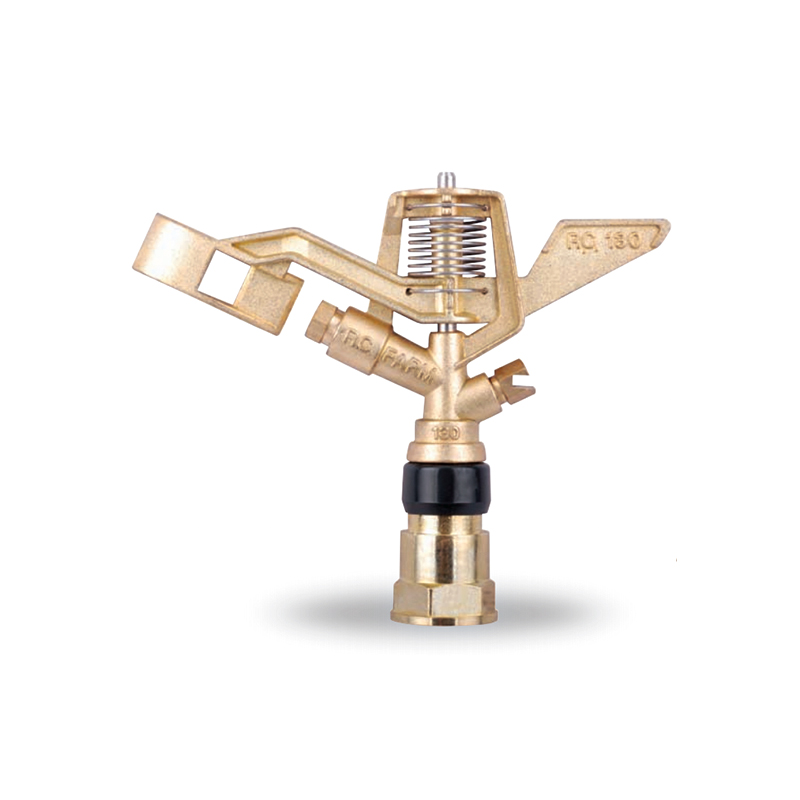
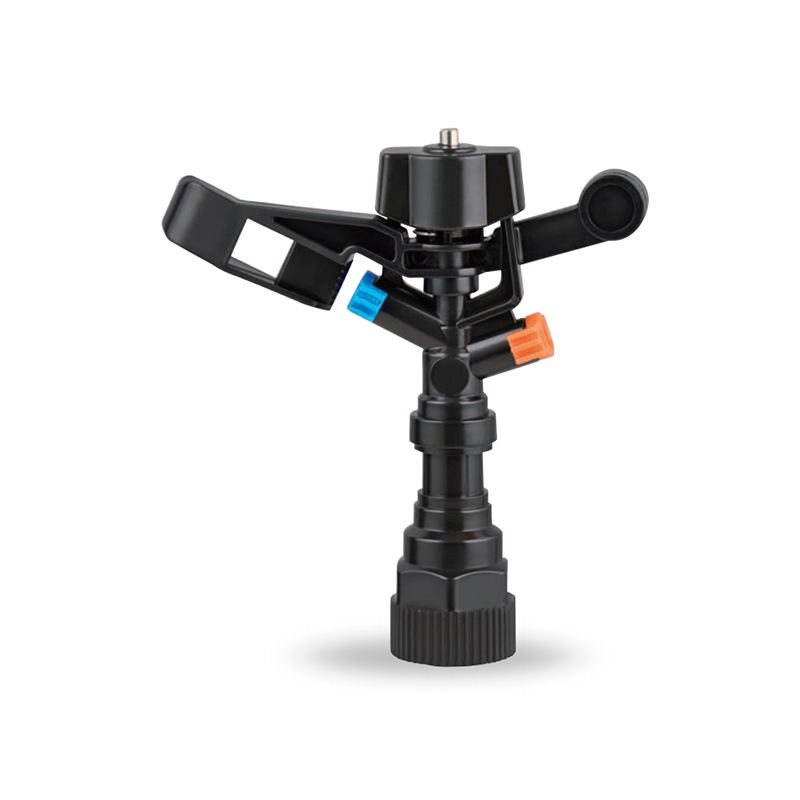
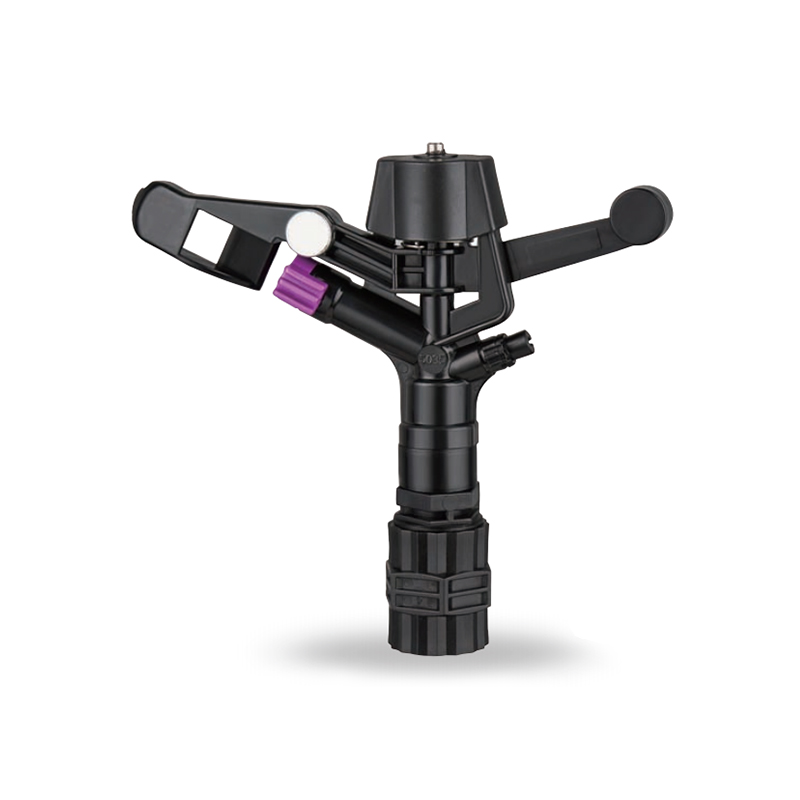

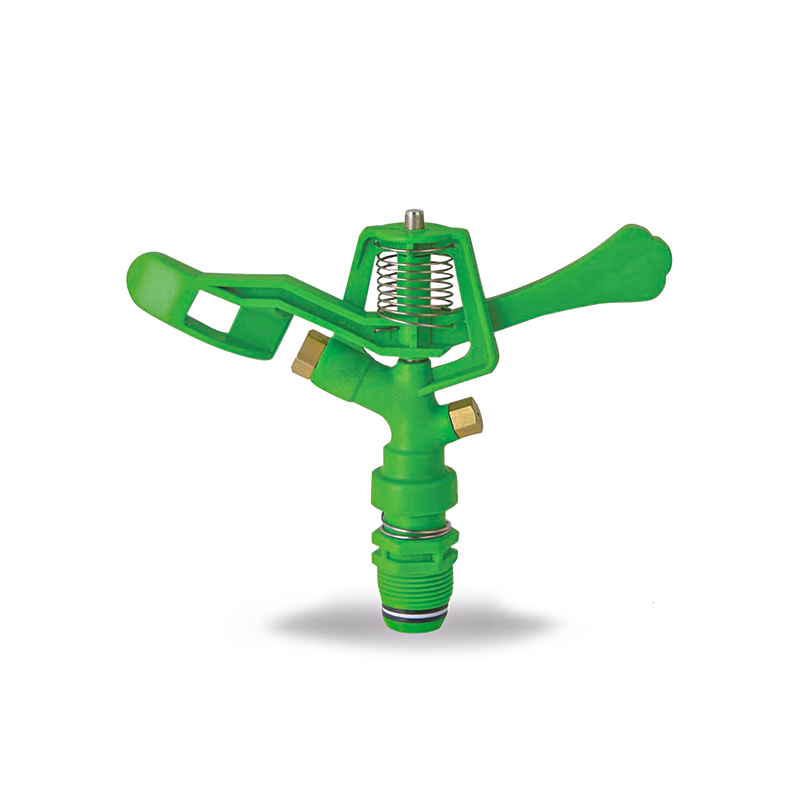
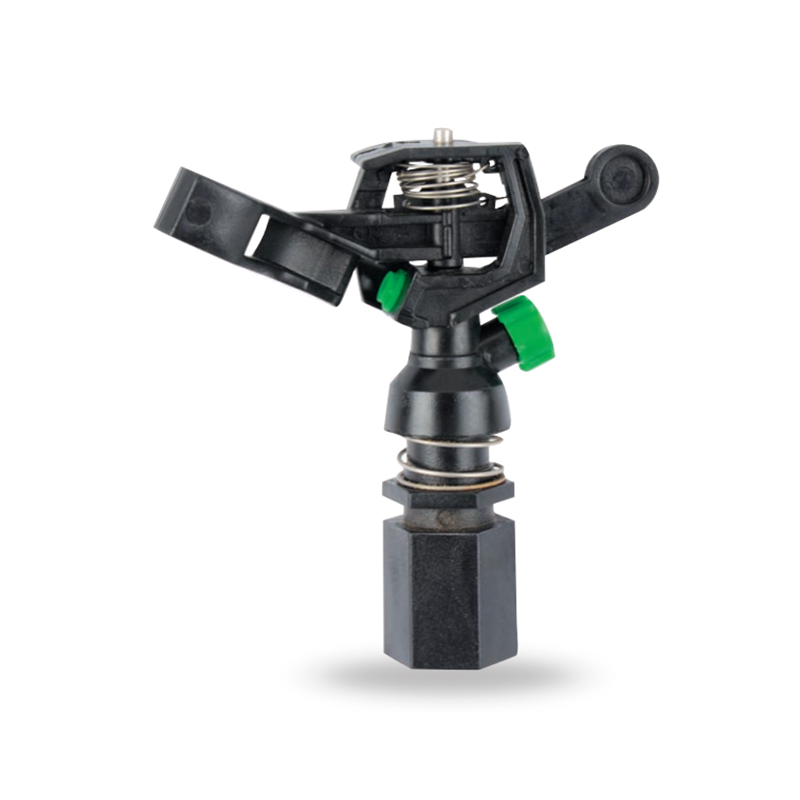
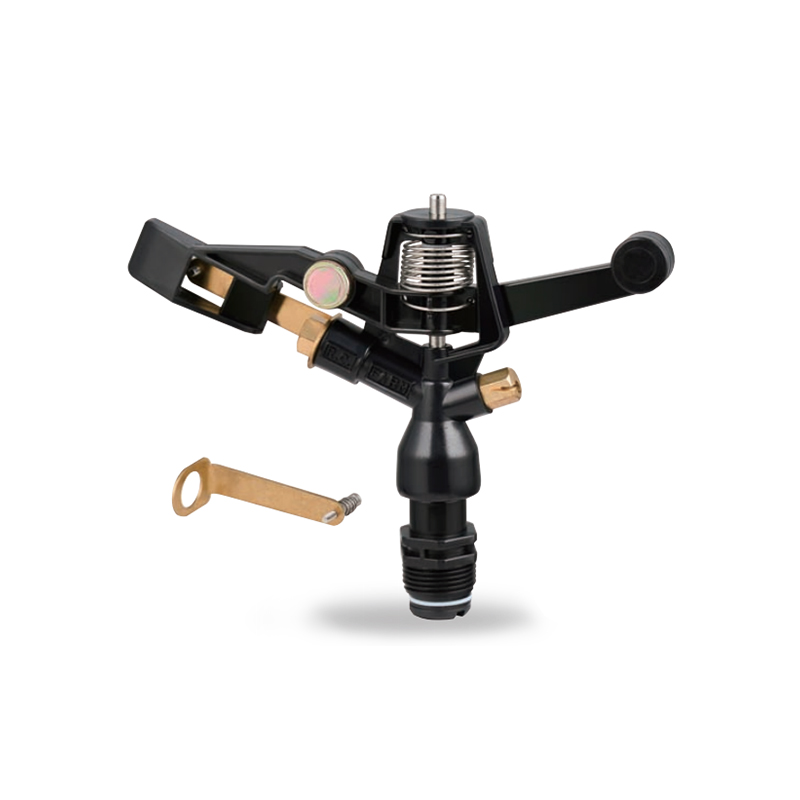
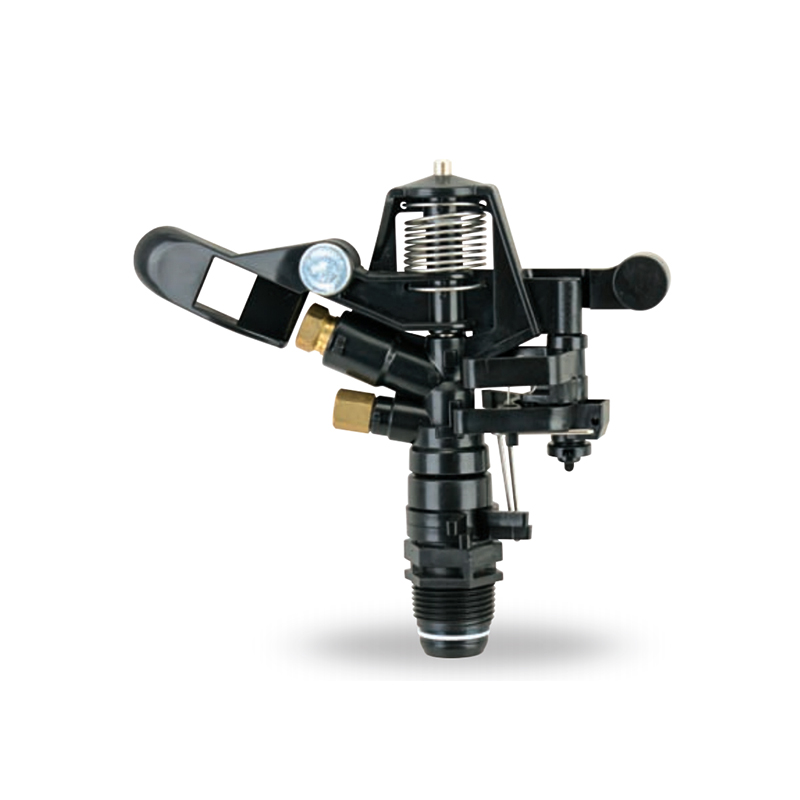



 No.518, Ruihao Road, Lizhou Street, Yuyao City, Zhejiang Province, China
No.518, Ruihao Road, Lizhou Street, Yuyao City, Zhejiang Province, China +86-13105554615 / +86-18005843886
+86-13105554615 / +86-18005843886 decheng@dcssq.com fredzhu@dcssq.com
decheng@dcssq.com fredzhu@dcssq.com

